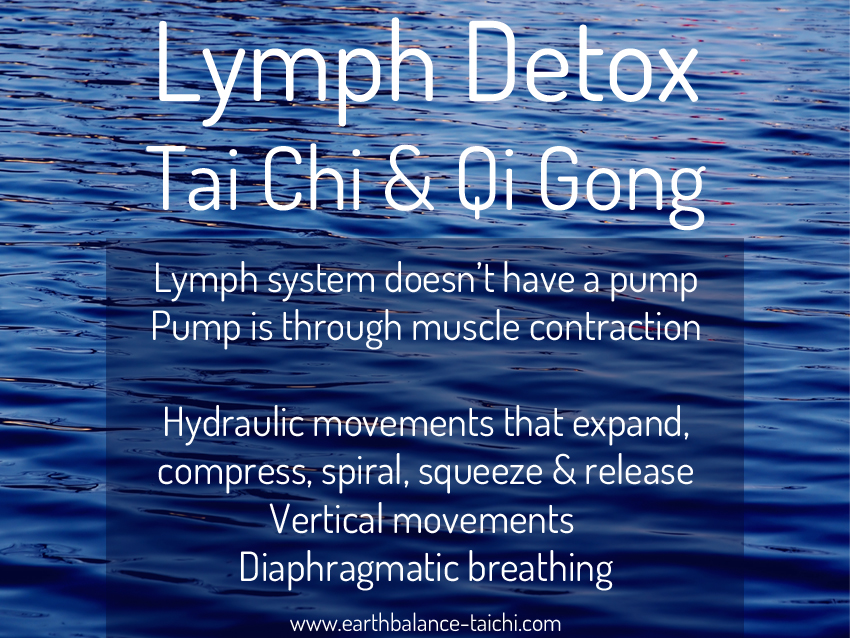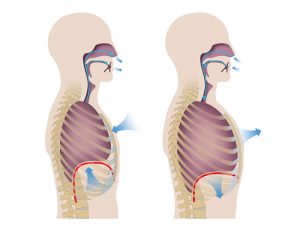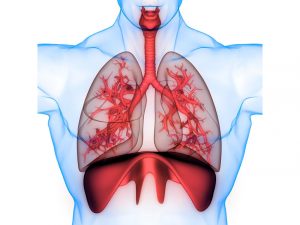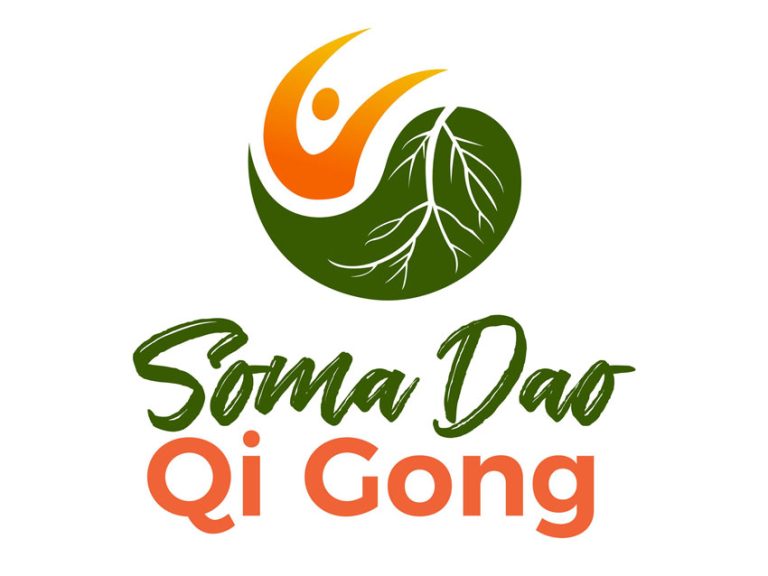Detoxing through Movement

Detoxing through Movement
The Importance of the Lymph System to Health
Most of us know that a sedentary lifestyle causes health to decline, and yet a large part of the population of all ages do not move or exercise regularly. Sitting at a desk, lounging on the sofa, driving, lying in bed and so on. The modern world encourages us to be sedentary as technology has us rooted to our devices, work has most of us chained to our desks and we become lethargic and inactive.
Our body systems only work effectively when we exercise, move and breathe. Why is movement so vital to the physical body? One aspect to consider is the seemingly invisible lymphatic system, whose function is vital to optimum health. The lymph system is everywhere in the body, it is the drainage system for waste, moving waste fluid towards our cleansing organs. This helps our immune system by removing toxins and removing excess fluid.
The lymph nodes are pea sized kidney shaped filters within the lymph system. There are about 600 which are located behind the knees, in the groin, abdomen, chest, elbow creases, armpits, neck and jaw. In times of illness and infection, the lymph nodes can swell in size as they try to battle toxins and drain waste.
Unlike the heart and vascular system, there is no pump in the lymph system and yet there is more lymph fluid than there is blood. This makes it the largest circulatory system in our body. The lymph fluid mostly runs in a vertical direction, flowing in one direction to the heart.
The lymph system only works through diaphragmatic breathing and movement (muscular contractions). Slight muscle movement will start to activate the lymph system, however a person who frequently exercises will help the system function in a more efficient way. The lymph nodes and lymph fluid can be manually assisted by massage, whether carried out by a medical professional or through self massage techniques.
What movements are recommended:
- Flexibility and stretching exercises
- Strength training
- Aerobic exercise
- Rebounding (up and down like on a trampoline)
- Diaphragmatic breathing
As the lymph systems runs vertically, vertical exercises are recommended. These are up and down movements as they continuously contract and relax the muscles, and compress and expand the connective tissue and the spaces within the tissues. This results in an opening and closing of the one way lymph valves.
Movement and Disease
If the lymph fluid does not flow freely through the lymph node ducts towards the organs for 'cleaning' and 'recycling', then they become clogged up like a blocked drain. The dirty fluid can then become infected and will start causing a decline in immunity, health and increases the likelihood of disease including cancer. Add to this poor nutrition, a diet of processed foods, fizzy drinks and booze, the lymph system struggles more and this weakens the immune system further. In serious cases harmful cancer cells can also be distributed around the body by the lymph system.
Exercise and movement have a huge effect on how our body recovers from illness and disease. In times of recovery we need to flush out toxins as quickly as possible, to return to a stable state of health. Without movement, the duration for recovery is lengthened. Read more in my article on Tai Chi and qi gong for injury recovery.
The first important note is that dehydration causes the same lymph system dysfunction as a sedentary lifestyle.
The second important note is that when we are stressed, our body releases the hormone cortisol which has a negative effect on the lymph system and also reduces immunity.
Lymphoedema
Lymphoedema is caused by a blockage in the lymph system when excess fluid builds up in the fatty soft tissues under the skin, and are unable to drain away. The lymph system then cannot function as it needs to, which leads to swelling in the tissues and limbs which becomes painful.
Regular exercise is a way for people living with lymphoedema to reduce the amount of excess fluid built up in their bodies. In the situations where weight training and aerobic exercise may not be suitable, Tai Chi and Qigong are great ways to support lymph system function as they are low impact and accessible to all fitness levels when starting to return to exercise.
Research states that “a variety of exercise regimens, from aqua-therapy, resistive exercise, physical therapy, machine-based and Tai Chi can have a positive impact upon limb volume in people with limb lymphoedema.” (Moseley & Piller, 2008).
Breathing and the Lymph System
Diaphragmatic breathing helps improve the function of the lymph system. The expanding and compressing motion when breathing a full abdominal breath helps to pump lymph fluid around the body. The action of the diaphragm contracting up and down draws lymph fluid up from the lower body in the direction of the heart, which is uphill drainage.
“Deep diaphragmatic breathing stimulates the cleansing of the lymph system by creating a vacuum effect which pulls the lymph through the bloodstream. This increases the rate of toxic elimination by as much as 15 times the normal rate.” (Shields 1992). This does not happen when breathing shallowly into the upper chest area.
Research also discusses how combining movement with deep breathing is effective for lymph system activation; “there is a reduction in trunk fluid directly after performing arm exercises combined with deep breathing.” (Moseley, et al, 2005).
Breathing deeply also massages the internal organs which helps improve their function. The pumping motion of the diaphragm also helps to push lymph fluid throughout the abdominal organs. Learn more about how to breathe deeply to improve health and wellbeing in my Nourish through Breath programme.
Effective Physical Movements
Tai Chi and Qi Gong help to activate the lymph system, pump the lymph fluid and massages the internal organs.
The exercises are often described as 'hydraulic movements', with expanding, compressing and spiralling motion that connects the whole body. This is combined with diaphragmatic breathing, intention and purpose in a slow and relaxed manner. This total body movement is seen as an effective exercise for enhancing the function of the lymph system when performed correctly and frequently.
Not all movements are equal however, the body needs to go through a complete range of motion. Walking and moving your arms and legs through your daily routine is not an effective form of exercise. These are seen as habitual postures and movements. Exercise should take you outside your normal range of motion. That said not all Tai Chi and Qi Gong movements are equal either, as it depends on the knowledge and experience of your instructor.
In Tai Chi and Qi Gong training, the joints and soft tissue are taken through an internal massaging quality by expanding and compressing. All Tai Chi and Qi Gong movements use the 'Kua', a Chinese word covering the area of the inguinal groove through the pelvis, hip bones, hip joint and into the lower back. By increasing movement in the Kua, this aids softness, flexibility, strength and fluidity, which helps to pump lymph fluid around the lymph system. The inguinal groove area holds a large amount of lymph nodes, which are massaged by hip, waist, lower back and weight shifting movements unique to Tai Chi and Qi Gong training.
Tai Chi and Qi Gong exercises also work the shoulders through a good range of motion with an expand, compress and spiralling motion that helps pump lymph fluid towards the lymph nodes under the arm pits and the centre of the chest. The same internal massage motion stimulates the lymph nodes in the back of the knees, as the body goes through a squatting motion which pulses the knee joints.
The lymph system is not the only beneficiary of this pumping action, the circulation, cerebrospinal fluid, synovial fluid in the joints, cellular fluid and internal organs all work more efficiently through body weight exercises.
In Summary
Move more, move better..... As the renowned Dave Hedges of WG-Fit once said “Motion is lotion”.
Resources
- Qigong and Tai Chi; The Lymph System by Roger Jankle
- Lowering your Risk of Lymphoedema by Cancer Research UK
- Movement Matters - Pumping the Lymphatic System. www.lungcancer.net
- Exercise, lifestyle and the lymphatic system.
Medical Research
- Shields, J. W. (1992). Lymph, lymph glands, and homeostasis. Lymphology, 25(4), 147–153.
- Moseley, A. L., Piller, N. B. (2008). Exercise for limb lymphoedema: evidence that it is beneficial. Journal of Lymphoedema, 3(1). Available at: https://www.woundsme.com/uploads/resources/content_11126.pdf
- Moseley, A. L., Piller, N. B., Carati C (2005). The effect of gentle arm exercise and deep breathing on secondary arm lymphoedema. Lymphology 38(3): 136–45.
- Effects of qigong exercise on upper limb lymphedema and blood flow in survivors of breast cancer: A pilot study.
* Please note that the Taoist practices are not a replacement for conventional medical treatment. Please speak with your doctor prior to starting a new exercise programme. This article is for information purposes only and must not be taken as medical advice. *













